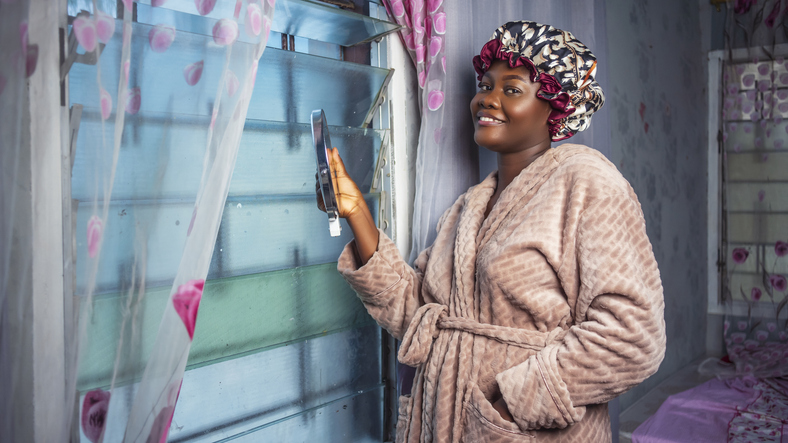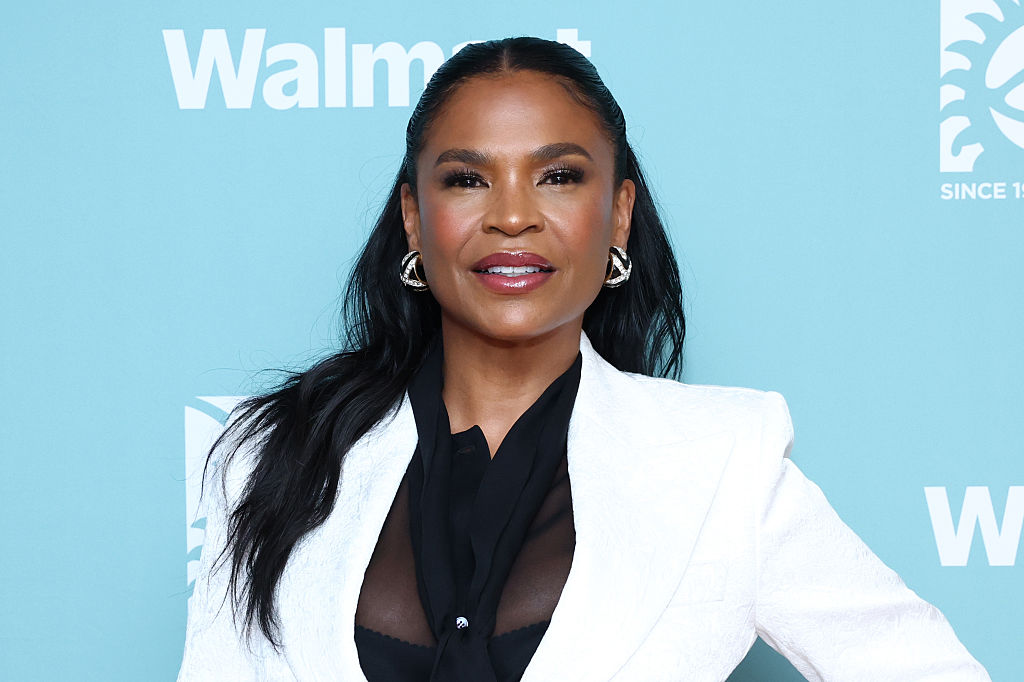Why Black Women Face Higher Breast Cancer Mortality Risks
Why Black Women Face Higher Breast Cancer Mortality Risks & What’s Being Done

When it comes to breast cancer in the U.S., the statistics don’t lie and they’re alarming. As we bring honor Breast Cancer Awareness Month this October, we have to explore why Black women are facing a higher mortality rate from breast cancer and what’s being done to combat it. Read more inside.
Though Black women are diagnosed at roughly similar rates as their white counterparts, the Breast Cancer Research Foundation shared that their death rate is about 40 percent higher. That disparity is no accident. It’s a complex web of biology, access, systemic racism, and intervention gaps. Yet, there is hope in the work being done to close the gap.
The Reality Behind the Numbers
Despite advances in detection and treatment, Black women continue to face worse outcomes. According to Health Matters via NYP, Black women are now 41 percent more likely than White women to die of breast cancer, even though their diagnosis rates are slightly lower. One reason is that Black women are more frequently diagnosed with aggressive tumor types like triple-negative breast cancer, which don’t respond well to hormone therapies.
In fact, a large meta-analysis found by PubMed says that Black women have significantly higher risks of death across all tumor subtypes, including hormone receptor-positive/HER2-negative cases—where prognosis is usually favorable. In short, biology matters, but it’s not the whole story.
Barriers That Drive the Disparity
One of the biggest culprits is a lack of access to quality care. Studies show Black women are 31 percent more likely to face delays in completing therapy and nearly three times more likely to forgo risk-reducing medications. Add financial stress, lack of insurance, transportation challenges, childcare, work constraints, and we see how treatment gets derailed.
According to Denver Health, Black women are also disproportionately more likely to be diagnosed at later stages when survival rates drop significantly. Geographical disparities also play a role. Studies suggest that living farther from high-quality centers or in underserved areas intensifies the harm.
What’s Being Done & What Can Be Improved
Thankfully, organizations and researchers are pushing back. The Susan G. Komen Foundation has made health equity a strategic priority, funding efforts to develop risk prediction tools tailored specifically for Black women. The National Cancer Institute is working on breast cancer risk models specifically for Black women, acknowledging that existing models often underperform in non-white populations.
Community-based screening programs and mobile mammography units are expanding into underserved areas, helping to eliminate some access barriers. Some health systems are also creating patient navigation services to help women stay on track with their treatment regimens.
Legislative efforts, Medicaid expansion in non-expansion states, and policy reforms aim to reduce financial burdens that disproportionately hurt Black patients. Researchers are also focusing on biological insights (tumor genomics, comorbidities, treatments) to tailor better therapies for aggressive cancers, which are more common among Black women.
Black women are facing a crisis in breast cancer mortality, but they are not powerless. Through advocacy, tailored research, equitable care delivery, and continued resource investment, that 40 percent gap can shrink.
Another solution is a revolution in Black healthcare, where Black doctors, nurses, and healthcare providers team up to serve their communities with care.
Black women deserve earlier diagnoses, better treatment and dignity in care.
RELATED: After Ananda Lewis’ Death: What Black Women Need To Know About Alternative Breast Cancer Treatments













